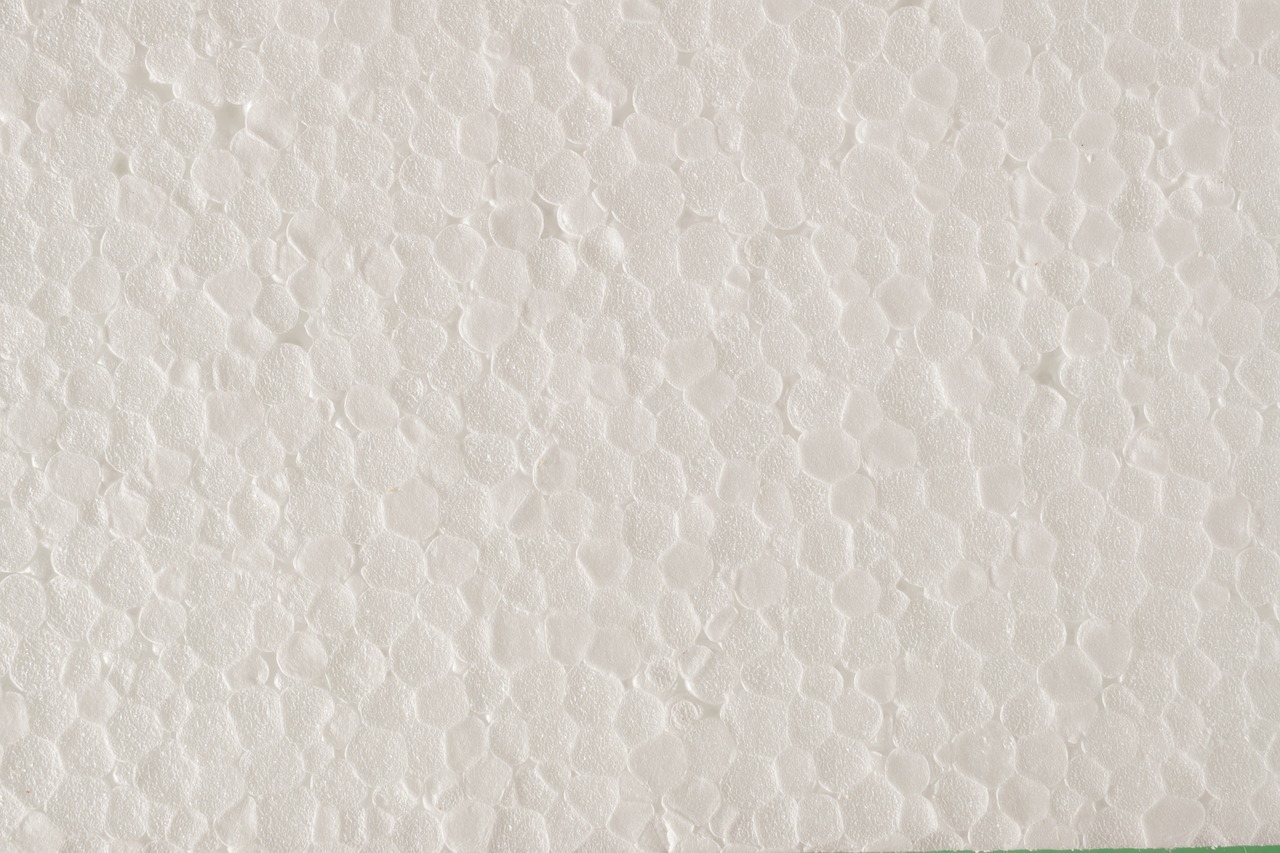Polystyrene processing, also known as Styrofoam processing, is a crucial aspect of the manufacturing industry. Despite being a popular material due to its versatility, polystyrene can be challenging to recycle and dispose of. Therefore, it is essential to understand the process and the impact it has on the environment.
Polystyrene processing involves turning raw polystyrene beads into a range of products, from disposable coffee cups to food packaging. The process starts with pre-expansion, where the beads are heated and expanded to ten times their original size with the help of steam. Afterward, the expanded beads are cooled and must have a uniform size.
The next step is molding, where the beads are compressed using a mold, and steam is injected, creating the final product. While polystyrene processing is versatile and cost-effective, it yields a product that is not easily recyclable or biodegradable.
Polystyrene can take hundreds of years to decompose, posing a significant threat to marine life and filling up landfills. Therefore, companies must find more sustainable ways of using polystyrene for their products while also finding ways to recycle and dispose of the products safely.
One such method is mechanical recycling, which involves melting down the polystyrene and turning it into pellets. These pellets can then be used to make new products, such as park benches and plastic lumber. Vacuum forming is also another method of recycling polystyrene. It involves heating and molding the material, making it suitable for reuse.
Although mechanical recycling and vacuum forming are sustainable options, their effectiveness depends on how well the material is sorted for recycling. Polystyrene products that are contaminated with food, dirt, or water, cannot be recycled, and must be disposed of carefully.
Companies that manufacture or use polystyrene must also consider alternatives to this material. Companies can consider using biodegradable, compostable, or recyclable materials such as cardboard, bamboo, or corn starch. While these materials may cost more, they are better for the environment and can reduce the impact of polystyrene processing.
The impact of polystyrene processing goes beyond material disposal. The production of polystyrene involves the use of non-renewable resources, emitting greenhouse gases, and contributing to climate change. Therefore, it is essential to find ways to reduce energy consumption and limit the carbon footprint.
One way to reduce the carbon footprint of polystyrene processing is to use renewable energy sources, such as solar or wind power. Another way is to optimize the manufacturing process by reducing unnecessary packaging, improving transport efficiency, and using recycled materials.
Finally, consumers can play a role in reducing the impact of polystyrene processing. Simple actions such as avoiding single-use polystyrene products like coffee cups and takeaway containers can go a long way in reducing the demand for polystyrene. Consumers can also recycle their polystyrene products by ensuring they are clean and dry before being sorted for recycling.
Polystyrene processing plays a crucial role in the manufacturing industry, but its impact on the environment cannot be ignored. While polystyrene is a versatile and cost-effective material, it poses significant challenges in terms of disposal and recycling. Therefore, companies must find ways to recycle or dispose of polystyrene safely and sustainably. Companies can also consider alternative materials or optimize their manufacturing process for a reduced carbon footprint. Finally, consumers can reduce the demand for polystyrene by avoiding single-use products and recycling their products properly.





